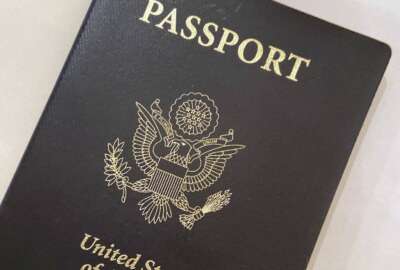Thursday federal headlines – October 29, 2015
In Thursday's Federal Headlines, the Veterans Affairs Department spent more than any other agency on paid administrative leave in fiscal 2014. Sen. Chuck Grassley...
The Federal Headlines is a daily compilation of the stories you hear discussed on the Federal Drive and In Depth radio shows.
Federal Headlines - 10/29/15
- Senate Judiciary Committee Chairman Chuck Grassley (R-Iowa) wants the Veterans Affairs Department to explain why it spent more than any other agency on paid administrative leave in fiscal 2014. Grassley wrote to VA Secretary Bob McDonald. He’s not happy with the department’s response as to why it put 46 employees employees on paid leave for a year or more. Grassley is concerned the VA is putting its employees on paid leave while the department considers pending disciplinary actions. He sent a similar letter to Homeland Security Department Secretary Jeh Johnson last week. (Sen. Chuck Grassley)
- A new GAO report found DoD’s career intermission pilot program, which allows service members to take a three-year break in service in exchange for a term of obligated service when they return, has remained far below its authorized participation rate. The amount standard is set at 160 allowed participants. The highest number so far has been 76 in 2014. GAO recommend DoD develop a plan to enhance retention in the program. (GAO)
- With the House passing the budget deal, federal retiree enrollees in Medicare Part B will not be seeing the massive increase in premiums. Premiums were set to rise 52 percent for the 30 percent of Part B beneficiaries who are not “held harmless,” including federal retirees not receiving Social Security benefits. The deal ensures that premiums will only increase by 15 percent. (NARFE)
- Premiums for the adult children of military personnel are set to increase 26-to-47 percent, depending on the type of coverage. Tricare health plan director Mary Kaye Justis said the increase is due to the requirement in the NDAA of 2011 that Tricare set young adult premiums to cover the full cost of health care received by the program’s beneficiaries. This coming year marks the first time they’ve had enough data to set premiums based on actual costs rather than predicted ones. (Tricare)
- The Defense Department will set longer-term milestones to measure progress on its Transition Assistance Program for troops. But setting those long-term goals takes time because DoD needs to collect the data, get an IT infrastructure up and running to capture that data and deal with difficult questions on information sharing. That’s according to Transition to Veterans Program Director Susan Kelly, who testified before the House Armed Services MIlitary Personnel Subcommittee. She said the TAP program costs about $100 million a year. The exact costs are difficult to track, because program activities are spread throughout the overall military personnel system. (Subcommittee on Military Personnel)
Copyright © 2025 Federal News Network. All rights reserved. This website is not intended for users located within the European Economic Area.
Related Stories
OPM tells federal workers to plan to telework heading into Inauguration Day
Related Topics





